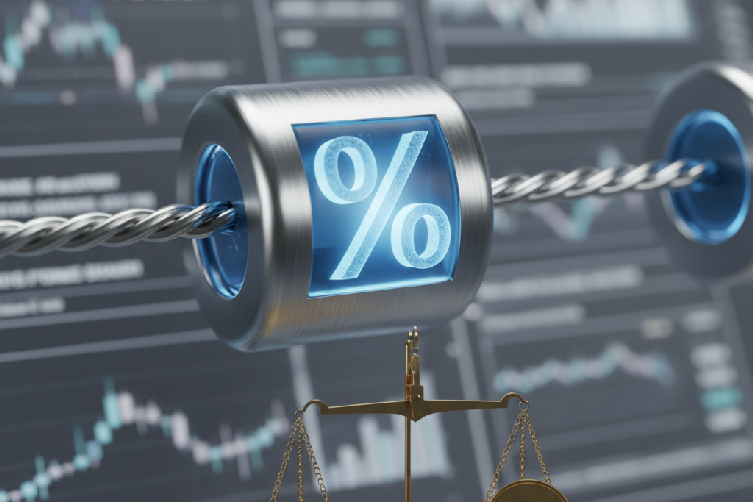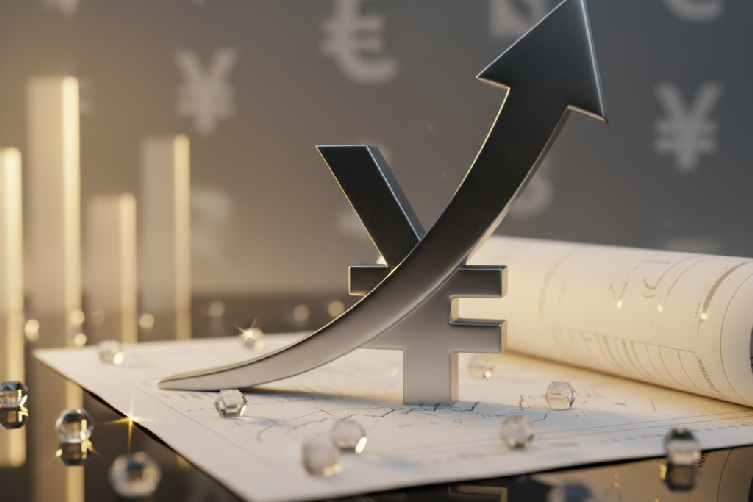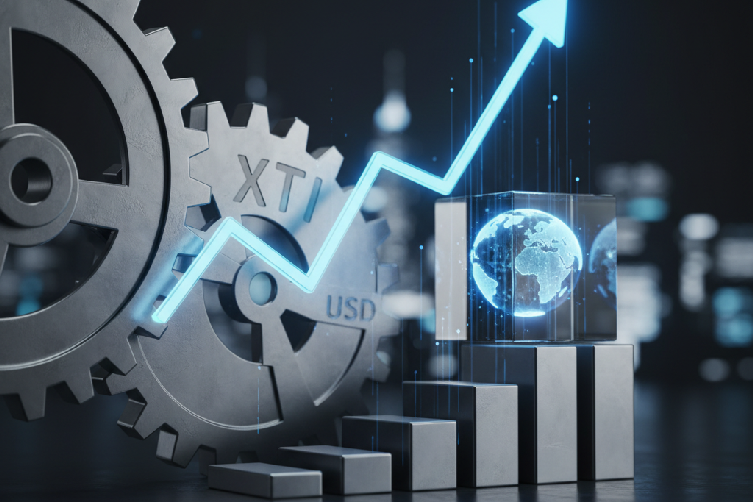What is a Stop Hunt in Forex? A Trader’s Guide

Have you ever been stopped out of a trade, only to see the market reverse and move in your favor? You might have been a victim of a stop hunt. This phenomenon often leaves traders asking, “what is a stop hunt in forex?”
Essentially, a stop hunt is the triggering of stop-loss orders, which forces trading positions out of the market. This can happen deliberately, orchestrated by large players, or simply as a result of market noise. This guide will explore the mechanics of stop hunts, how to identify them, and the best strategies to protect your trades. Understanding this concept is crucial for safeguarding your capital, whether you’re a new or intermediate trader working with a trusted, regulated forex broker.
What Exactly is a Stop Hunt?
A stop hunt is a market behavior where price action moves to intentionally—or sometimes unintentionally—trigger a cluster of stop-loss orders. In forex trading, large institutional players or market makers can push prices toward specific levels where they know many traders have placed their stops.
This deliberate targeting of stop-loss orders is often called “stop loss hunting.” Your first step toward effective risk management is grasping this definition, whether you’re developing a strategy to counter it or simply trying to avoid it.
The Mechanics: A Step-by-Step Breakdown
Understanding how a stop hunt unfolds is key. Here’s a typical sequence of events:
- Identifying Key Levels: Large players scan the market for key price levels where stop-loss orders are likely clustered. These often include round numbers, historical highs or lows, and major support or resistance zones.
- Initiating the Price Move: Once these target zones are identified, a calculated price push begins. This move, whether intentional or just due to volatility, is aimed directly at the area with concentrated stop-loss orders.
- The Cascade Effect: As the price reaches these critical levels, it starts triggering the closest stop-loss orders. This creates a domino effect, or a cascade, where multiple stops are hit almost simultaneously, leading to a sharp and sudden price spike.
- Exploitation and Reversal: After the stops are triggered, the large players who initiated the move can take advantage of the sudden surge in liquidity. They can then enter their own positions at more favorable prices, often causing the market to reverse.
- Round Numbers: Traders are psychologically drawn to setting stops at round numbers like 1.1000 or 1.2500.
- Support and Resistance Zones: These are high-interest areas where many traders place entry and exit orders, making them dense with stop-losses.
- Historical Price Levels: Previous market reversal points or significant highs and lows often act as magnets for stop orders.

Where Are Stop Hunts Most Likely to Occur?
Stop hunts don’t happen randomly. They are far more likely to occur at specific, predictable price points. Knowing these areas can help you build a robust forex stop hunt strategy.
Watch out for stop hunting behavior around:
By understanding where these events are most likely to happen, you can refine your trading approach and learn how to avoid stop hunting in forex more effectively.
Why Do Stop Hunts Happen? Market Dynamics & Motivations
There are two primary reasons why stop hunts are a common feature of the forex market: the hunt for liquidity and the pursuit of profit.
The Need for Liquidity
Forex stop hunts are frequently driven by a simple need for liquidity. Market makers, who provide the liquidity needed to keep the market flowing smoothly, may trigger stop losses to fill their own large orders at better prices. When many retail traders place their stops at obvious, predictable levels, it creates a pool of liquidity that becomes a prime target.
Profit-Taking by Large Institutions
Another major motivator is the profit potential for large institutions, or “whales.” These major players can move the market with their massive order sizes. By engineering a stop hunt, they can trigger a wave of selling or buying, creating volatility and opportunities for them to enter or exit large positions profitably.
For traders trying to figure out how to avoid stop hunting, it’s critical to recognize that these moves are often a deliberate tactic. This awareness can lead to smarter stop placement and better overall risk management. Because retail traders tend to place their stop-loss orders at similar, predictable price levels, this clustering creates a vulnerability that is easily exploited. Understanding this collective behavior is the first step in developing a forex stop hunt strategy that protects your capital and helps you stay in the game.

















